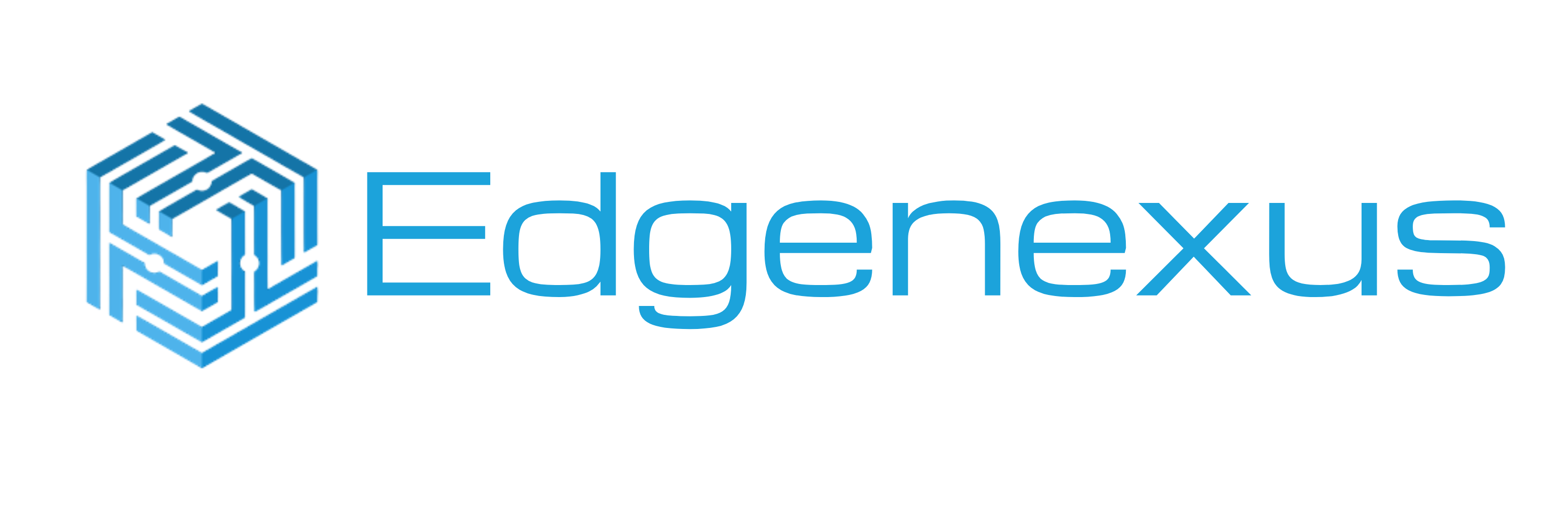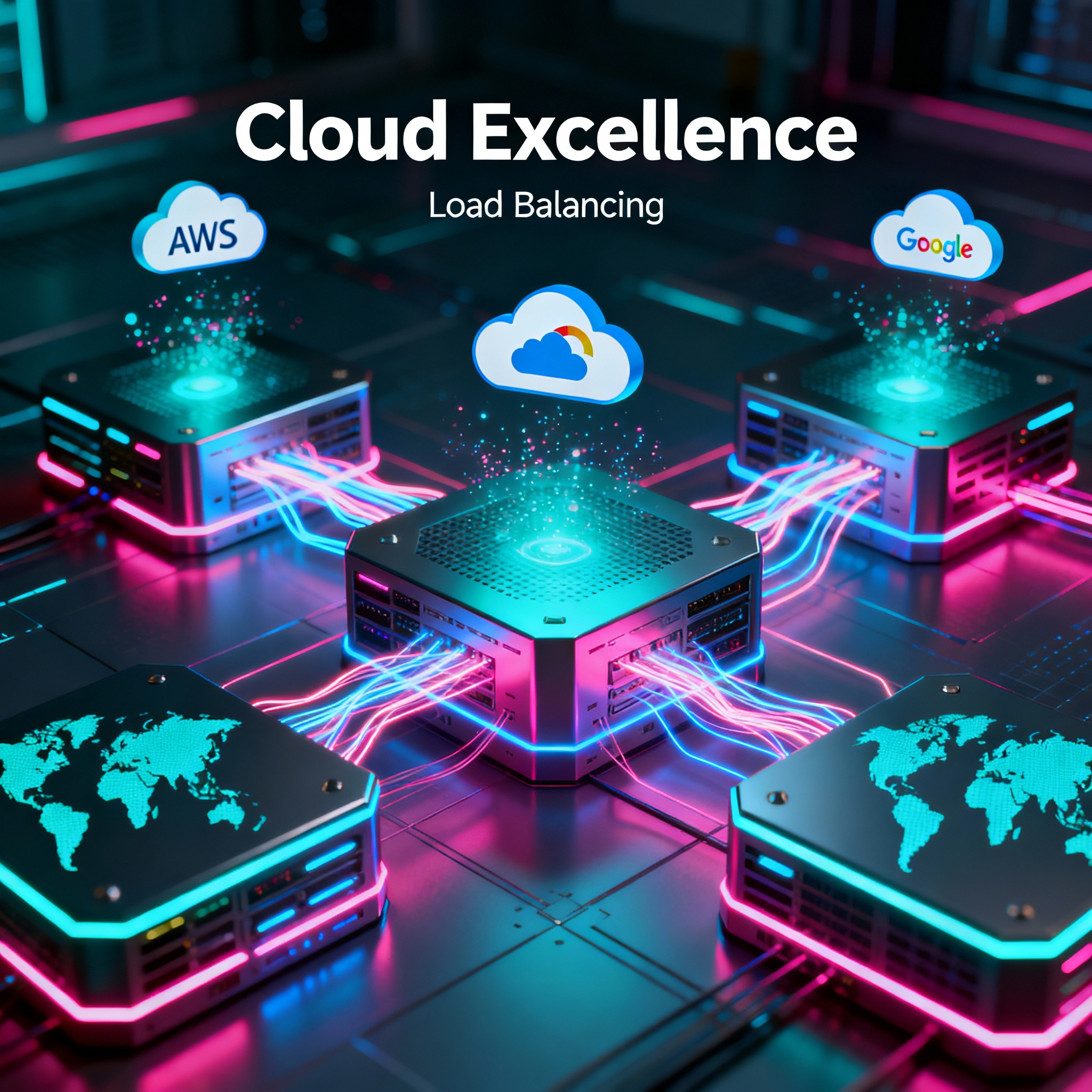Applications aren’t limited to a single data center anymore. Businesses take advantage of multi-cloud environments, distributed setups, and a global user base. While this offers huge opportunities, it also brings challenges in maintaining application availability, performance, and security. This is where a global server load balancer becomes crucial.
Global server load balancing (GSLB) is an advanced way to manage internet and web requests by spreading them across multiple servers in different regions. Unlike traditional load balancing that works within a single data center or cloud, GSLB operates on a wider scale, directing users to the best server based on smart criteria. For businesses running critical apps across multiple clouds or on-premises systems, GSLB is the key to avoiding overloads, speeding up response times, and delivering smooth service no matter where users or their data are located.
The goal is simple: boost application speed, reliability, and uptime. With a strong GSLB solution like Edgenexus, your apps get the VIP treatment offering fast, secure, and consistent experiences to every user, every time.
Why Modern Applications Require Global Load Balancing
Modern applications increasingly operate across hybrid cloud environments, utilizing microservices architecture while serving a global user base. This distributed nature creates significant challenges for maintaining consistent performance and reliability.
Consider the example of an international e-commerce platform during a major sales event. Traffic patterns can show massive spikes from multiple geographic regions simultaneously. Without effective global traffic distribution, user requests may converge on a single data center location.
- This concentration of traffic creates several problems:
- Users located far from the active data center experience significant latency
- The targeted infrastructure risks becoming overwhelmed
- A failure at that location could make the service completely unavailable
- These scenarios can lead to poor user experiences, potential revenue loss, and damage to organizational reputation.
Global load balancing addresses these challenges by intelligently distributing traffic across multiple available resources based on factors such as geographic proximity, server health, and current load conditions.
GSLB tackles these problems:
- Multi-Cloud Agility: It links public clouds (like Azure, AWS, GCP), private clouds, and on-premises setups, letting your apps run efficiently and stay resilient against regional outages.
- Disaster Recovery & Business Continuity: When things go wrong, GSLB automatically redirects traffic to healthy sites, minimizing downtime and keeping your customers happy.
- Optimal User Experience: By routing requests to the nearest, least busy servers, it cuts latency and speeds up apps, which keeps users engaged.
- Scalability for Peak Demands: Whether it’s holiday shopping rushes or viral campaigns, GSLB scales resources smoothly across environments without manual work.
How Global Server Load Balancing Works
GSLB combines several smart technologies and processes. Edgenexus brings these together in one easy-to-manage platform.
DNS-Based Routing: When a user accesses an app, their device queries DNS. A GSLB-enabled DNS server responds with the IP address of the best server, based on user location, server load, and network status. For example, European users connect to a European server, Americans to a North American one, reducing delays.
- Application Delivery Controllers (ADCs): These are the system’s brains. They monitor server health and traffic in real-time, then decide how to spread requests intelligently. Edgenexus’s platform uses flightPATH Automation to apply custom traffic rules without complex coding.
- Health Checks and Proximity: GSLB constantly tests servers from basic pings to detailed app transactions to ensure traffic goes only to healthy servers. It also measures how fast servers respond, always sending users to the quickest option.
- Smart Load Balancing Algorithms: GSLB uses various methods like geolocation routing, least-connections, fastest response time, weighted balancing, and round-robin to distribute traffic effectively.
- Anycast Routing: This advanced method lets multiple servers share one IP. Network protocols send users to the closest server automatically, improving speed and reliability. If a server or data center goes down, traffic shifts seamlessly elsewhere.
- Content Delivery Networks (CDNs): While GSLB manages dynamic traffic, CDNs store static content like images and videos near users, cutting delivery time. CDNs also handle tasks like SSL offloading and speed up dynamic content.
- Traffic Management and Optimization: Advanced GSLB tunes the entire internet path to avoid congestion and slow routes. Edgenexus’s flightPATH Automation lets IT teams set custom traffic rules and routing easily. Real user monitoring (RUM) adds insight to fix any bottlenecks, building resilient networks.
Flexible Deployment to Fit Your Needs
GSLB can be set up in different ways:
Active-Active: Multiple data centers run simultaneously, sharing traffic evenly for top performance and reliability. This is perfect for global setups needing low latency and high availability.
Active-Passive: One data center is active while others stand by for disaster recovery. If the active site fails, a passive site kicks in quickly, ensuring continuous service.
Edgenexus supports deployments across cloud, hybrid, on-premises, and bare-metal, fitting smoothly into your existing systems.
Why Choose Edgenexus
Edgenexus isn’t just a global server load balancer—it’s a full application delivery platform built for modern IT challenges.
- Simple Deployment & Interface: Our user-friendly GUI makes setup and management straightforward, saving IT teams time and hassle.
- Flexible Support: Whether you’re cloud-native, hybrid, or on-prem, Edgenexus adapts to your environment for consistent performance everywhere.
- Cost-Effective Scaling: No per-server licensing means you can grow without surprise costs—great news for budgeting.
- Built-In Security: Our Web Application Firewall (WAF) blocks threats like bots and attacks before they reach your apps, protecting your assets and helping with compliance.
- Clear Analytics: Get deep insights into app performance and traffic to make smart decisions and spot issues early.
- Support for Key Apps: We optimize delivery for enterprise tools like Microsoft Exchange, SharePoint, Oracle E-Business Suite, VMware Horizon View, and DICOM worldwide.
Real Benefits for Your Business
Using a global server load balancer like Edgenexus brings real value:
- Maximize Uptime: Remove single points of failure and keep apps online through outages and traffic spikes.
- Boost Performance: Serve users from the fastest resources for smooth, responsive experiences.
- Enhance Security: Distribute traffic and use WAF to guard against network threats like DDoS attacks.
- Increase Efficiency: Automate traffic handling and simplify app deployment across distributed systems.
- Meet Regulations: Incorporate local rules into server and traffic management to comply with industry standards.
- Future-Proof Your Infrastructure: Confidently adopt multi-cloud and hybrid approaches, knowing your delivery system can scale and adapt.
Try Edgenexus Today
Load balancing and WAF don’t have to be complicated. With Edgenexus, balancing your applications is simple and powerful. Our global server load balancer helps your IT team manage complex setups and deliver top performance for multi-cloud apps.
Don’t just take our word for it. David Tanner, Senior Systems Analyst at MIC, shares: “We chose Edgenexus for its advanced features, cost-effective pricing, and excellent pre-sales support. The intuitive setup and easy deployment were deciding factors.”
See the difference yourself. Whether you want hardware, software, or an online test, we’re ready to help.
FAQs
1. What is a Global Server Load Balancer (GSLB)?
A GSLB distributes user traffic across multiple servers in different regions or clouds, ensuring optimal speed, uptime, and availability for applications.
2. How is GSLB different from traditional load balancing?
Traditional load balancing works within a single data center, while GSLB operates across multiple clouds and global data centers, routing traffic intelligently based on proximity, health, and load.
3. Why is GSLB important for multi-cloud environments?
GSLB ensures seamless connectivity across AWS, Azure, GCP, private clouds, and on-premises systems, keeping apps resilient against outages and latency issues.
4. How does GSLB improve application performance?
By routing users to the nearest, healthiest, and least busy server, GSLB reduces latency, speeds up responses, and prevents overloads.
5. Can GSLB help with disaster recovery?
Yes. If a data center or cloud region fails, GSLB automatically reroutes traffic to healthy servers, ensuring business continuity with minimal disruption.
6. What deployment models does GSLB support?
It supports Active-Active (load sharing across sites) and Active-Passive (failover standby) setups for different performance and redundancy needs.
7. Does GSLB integrate with CDNs?
Yes. GSLB manages dynamic traffic, while CDNs handle static content like images and video, creating faster and more efficient delivery.
8. How does Edgenexus GSLB stand out?
Edgenexus offers simple deployment, cost-effective scaling (no per-server fees), built-in WAF for security, flightPATH Automation for traffic control, and deep analytics.
9. What security features does GSLB provide?
With integrated Web Application Firewalls (WAF) and DDoS protection, GSLB helps block malicious traffic before it reaches applications.
10. Who benefits most from using GSLB?
Businesses with global users, multi-cloud strategies, hybrid IT setups, or mission-critical apps benefit from GSLB’s resilience, performance, and flexibility.










